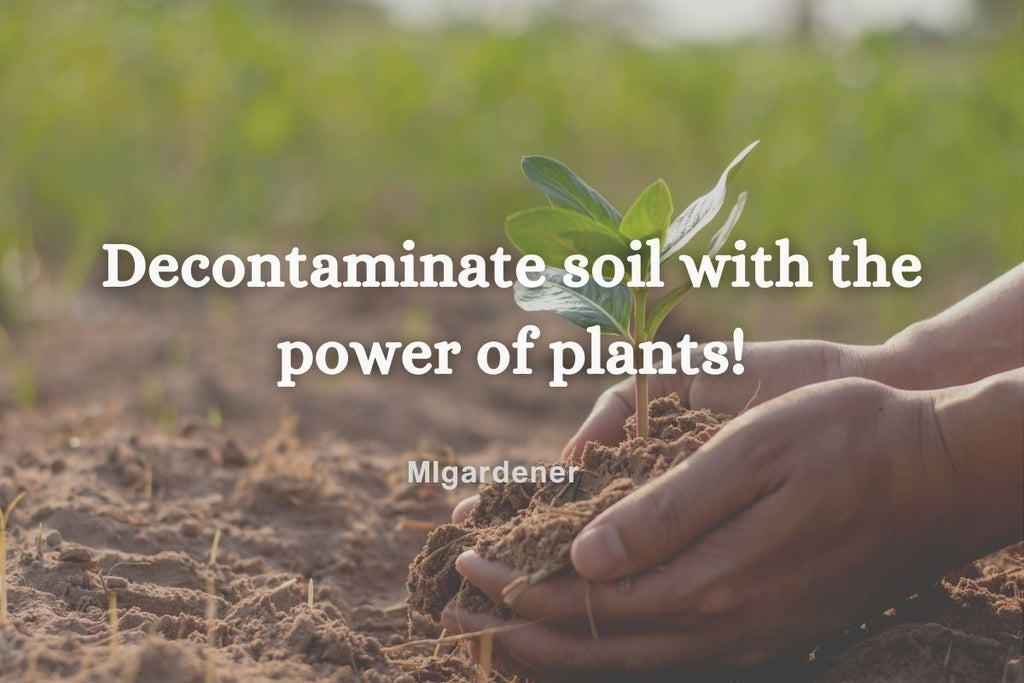
Decontaminate Soil With the Power of PLANTS!
Plants have been used for a long time to clean up polluted soil. While living in and around polluted soil is not recommended, if you are concerned about your soil, a soil test should be done, and if contaminants are found, authorities should be notified. However, you can use this guide to assist in cleaning your soil, or just to learn something cool about the power of plants! Cleaning up soil using plants is known as phytoremediation. The process involves growing specially chosen plants in or on the contaminated area, which then extract, degrade, or immobilize the pollutants.
There are several different types of phytoremediation, each with its own specific process:
Phytoextraction: This process involves growing plants that can absorb and accumulate high levels of pollutants in their tissues. These plants, known as hyperaccumulators, are typically harvested and disposed of properly to prevent the pollutants from reentering the environment.
Rhizofiltration: This process uses plants that have a strong ability to uptake pollutants through their roots. These pollutants are then stored in the plant's aboveground biomass and can be harvested and disposed of properly.
Phytodegradation: Some plants are capable of breaking down pollutants into less harmful compounds through metabolic processes. These plants can be grown in contaminated areas to degrade pollutants present in the soil or water.
Phytostabilization: This process involves growing plants that help to immobilize pollutants in the soil, preventing them from leaching into the groundwater. This can be achieved by growing plants that have a strong ability to bind heavy metals and other pollutants in their root systems.
Phytovolatilization: This process uses plants that are able to take up and volatilize pollutants from the soil, converting them into a gaseous form that can be safely released into the atmosphere.
Here is a list of plants that are amazing at phytoremediation.
- Sunflowers - Known to remove heavy metals such as lead and cadmium from soil.
- Poplar trees - Removes pollutants such as polychlorinated biphenyls (PCBs) and trichloroethylene (TCE) from soil and water
- Indian mustard - Used to remove heavy metals such as lead and nickel from soil
- Eastern cottonwood - Removes pollutants such as polycyclic aromatic hydrocarbons (PAHs) from soil
- Willows - known to remove pollutants such as ammonium and nitrates from water.
PLANTS GROWN FOR PHYTOREMEDIATION ON KNOWN CONTAMINATED LAND SHOULD NOT BE CONSUMED - THIS POST WAS INTENDED FOR EDUCATIONAL PURPOSES.

Leave a comment